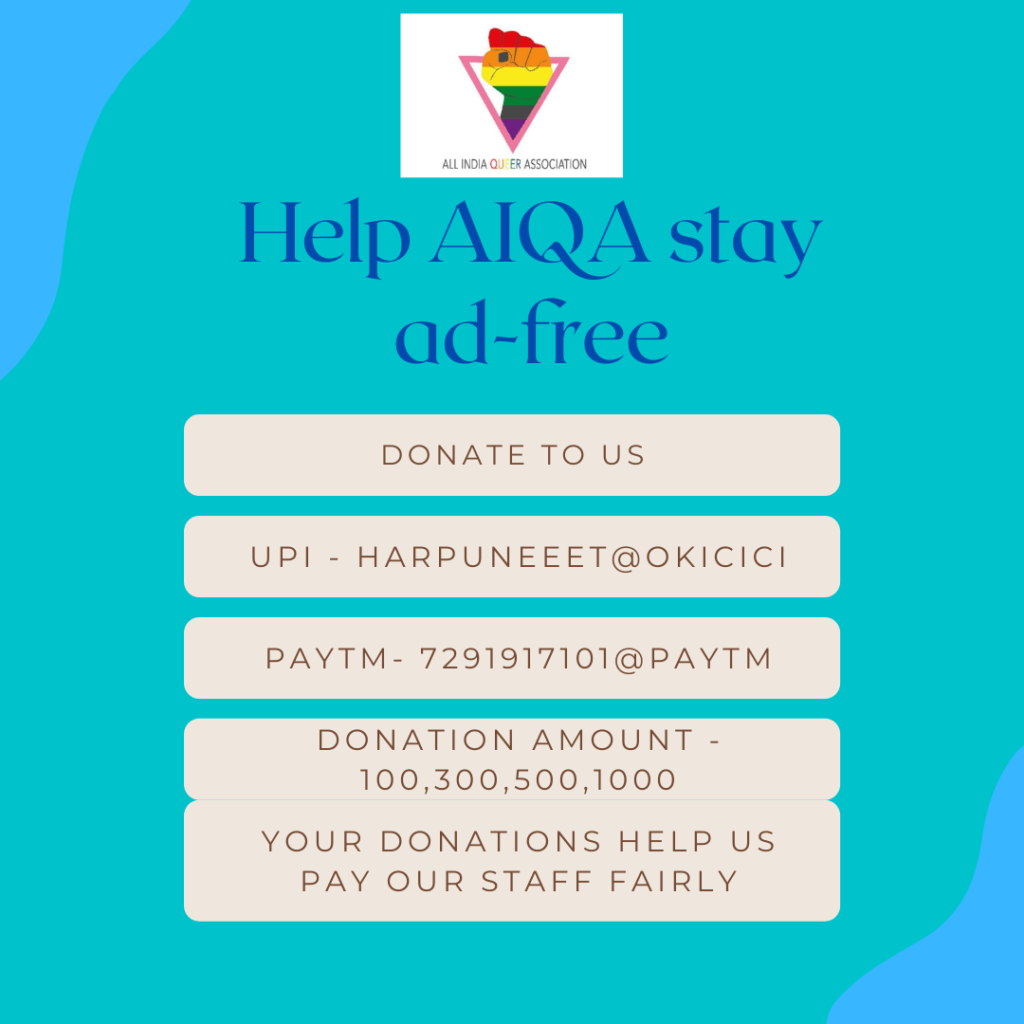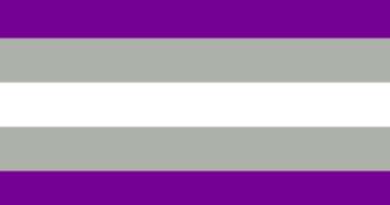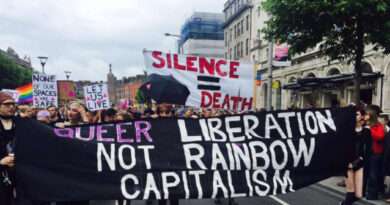Are Rainbow logos enough?: LGBTQIA+ workplace harassment in India
Every pride month brings scores of corporates to the forefront as the supporters of LGBTQIA+ rights, filling our feeds, billboards and screens with rainbow colored logos. These logos, captions, posts, and advertisements might present these companies as the harbingers of creating an inclusive and discrimination-free workplace, but the truth behind this PR is different.
Workplace harassment refers to belittling or threatening behaviour directed at an individual worker or a group of workers. Different forms of workplace harassment affect various populations, but certain groups face harassment because of their identity and them being women, racial minorities, religious minorities, homosexuals, transpersons, people with disabilities and immigrants. While the harassment faced by some groups is recognised by law, there are others that slip under the radar.
Harassment faced by LGBTQIA+ folx at workplace
LGBTQIA+ population typically faces discrimination, abuse, and harassment at all levels of employment, beginning right from being able to gain the required qualifications. Many people belonging to the community are often unable to complete their education due to discrimination, harassment, exclusion and stigma, unable to attain the qualifications required for a job.
They are also at the receiving end of discrimination from prospective employers, who might harass them during the recruitment process for their gender and sexuality. When LGBTQ individuals are able to access workplaces, they are vulnerable to sexual harassment, assault, verbal harassment, and other forms of workplace harassment and discrimination. Many times, such harassment forces them to leave their jobs.
Worldwide, LGBTQ persons face higher unemployment rates than average, and, according to the World Bank SOGI Task Force, are “likely overrepresented in the bottom 40% (Koehler, 2015)” of the economic strata of the population. According to the 2011 Indian Census, 38% of transgender respondents had paid work, lower than the rate for the rest of the population (46%).
Because of the normalisation of such abuse, news of harassment at workplace faced by LGBTQIA+ folxs rarely makes it to the headlines. One exception of this is the case of Gaurav Probir Pramanik who stood up against his workplace bully. While he was an employee of one of India’s major IT companies Tech Mahindra, Gaurav was subject to repeated harassment from a senior manager who criticized his ‘effeminate’ ways and made homophobic remarks. Gaurav spoke out about the incident through Twitter on 9th September 2018, 3 days after the Supreme Court judgement that decriminalised Section 377.
In another incident of workplace harassment that made it to the news, in 2018, a transwoman who joined the police force in Ramanathapuram, Tamil Nadu allegedly tried to end her life owing to alleged harassment by colleagues at her workplace.
However, this is just the tip of the iceberg. In a study conducted in 2016 by Mission for Indian Gay & Lesbian Empowerment, 40% LGBT workers report that they are often or sometimes are subject to harassment in the workplace for being LGBT.

Dearth of laws to deal with harassment of LGBTQIA+ folxs at workplace
The recognition of LGBTQIA+ folx in the Indian law is a very recent phenomena. In 2014, the Indian Supreme Court, in NALSA v. Union of India, recognised transgender people as “third gender” under the Indian Constitution. The judgement interpreted “discrimination on the grounds of sex” to include gender-based and sexual oreintation-based discrimination. Four years later in 2018 under the Navtej Singh Johar v. Union of India, the Supreme Court decriminalised homosexuality and acknowledged that discrimination agianst homosexual people violates their fundamental rights.
However, India lacks specific provisions for workplace harassment of people belonging to the LGBTQIA+ community. Existing laws on workplace harassment, such as the Equal Remuneration Act, 1976 and the Sexual Harassment of Women At Workplace (Prevention, Prohibition and Redressal) Act, 2013, do not account for the rights of LGBT people. Even the recent Transgender Persons (Protection of Rights) Act, 2019 fails to provide adequate protection to transgender people in the employment context.
Need of the hour
The dearth of company level policies or a national law specifically dealing with workplace harassment of LGBTQIA+ community raises serious questions about the status of the community and its protection in India. Without a proper prevention, prohbition and redressal mechanism in place, much of the harassment faced by the community is normalised. It is recommended that companies intropsect and bring to place policies that adress the concern in letter and spirit.
There is also a need to amend existing laws, or to make a new law in order to protect workplace rights for the LGBTQIA+ community. Only when steps like these are taken can we move towards a equitable society which is inclusivel, and a world where rainbow logos hold true meaning.
References
Dominik Koehler, “LGBTI people are (likely) over represented in the bottom 40%,” The World Bank, 2015, https://blogs.worldbank.org/governance/lgbti-people-are-likely-over-representedbottom-40 (Accessed 12 May 2019).
India. Census of India, 2011. Office of the Registrar General & Census Commissioner. http://censusindia.gov.in/;




